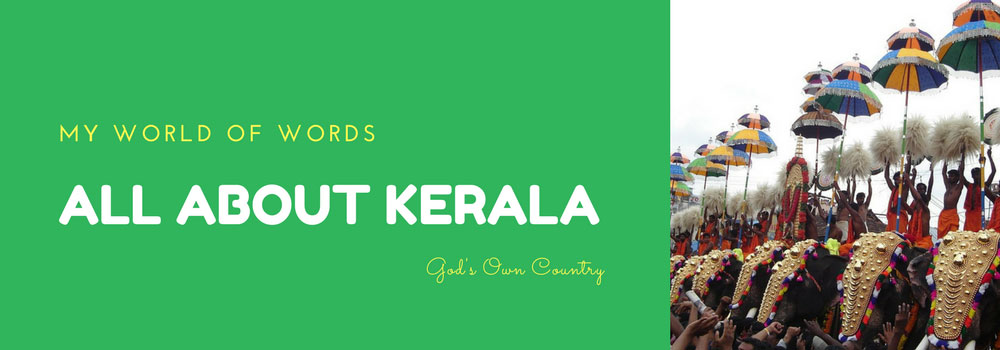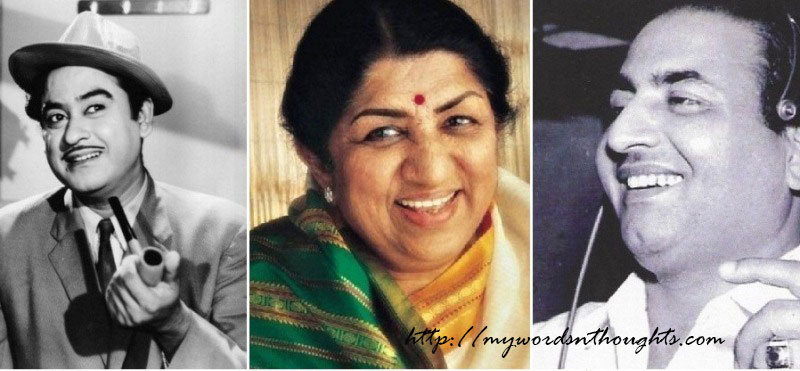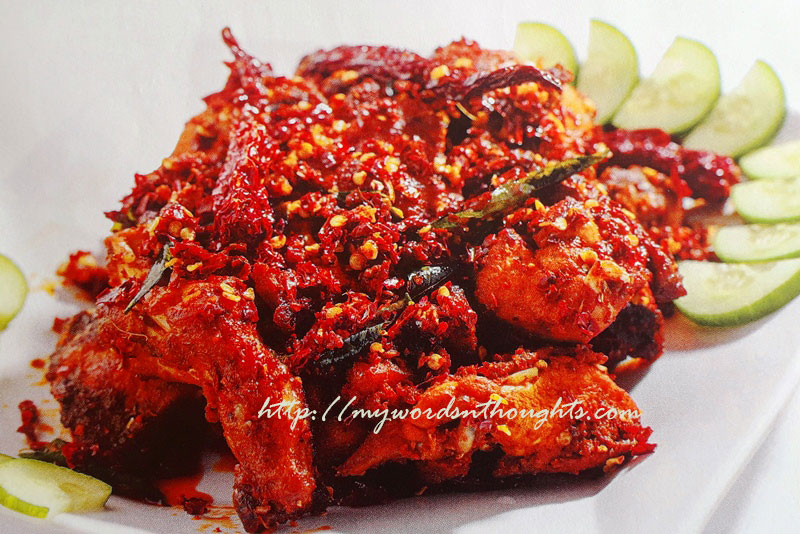Explore Pournamikavu Temple – The Pride of Venganur
The Pournami Kavu located in the village of Venganoor in Thiruvananthapuram district remained unnoticed for many years. This Bhagavathi temple at Chavadinada first gained public attention when ISRO Chief S. Somanath visited his native village and offered prayers at this temple after the historic success of Chandrayaan-3.
Venganoor village holds another significant place in history — it is the birthplace of Ayyankali, a prominent social reformer. It’s very near to Vizhinjam port too. In 2022, the Prapancha Maha Yaga conducted at this temple attracted immense public attention and was widely covered in the media. Let’s take a spiritually enriching journey to Pournami Kavu, the sacred site of a rare Mahakalika Yagam, nestled in Venganoor, Thiruvananthapuram.
A Unique Temple – Countless Distinctions

A temple rich with remarkable idols such as the world’s largest Panchamukha (five-faced) Ganapathi, a serpent idol sculpted from a single stone, and the largest Panchaloha (five-metal) idol. It is also the only temple known to have the world’s tallest idol of Shani (Saturn) along with an idol of his vehicle, the crow. The Shani idol, made from Krishna Shila (black granite), stands 18 feet tall, while the crow idol measures 13 feet in length. Another distinct feature is the 45-foot-tall sanctum sanctorum (Sreekovil). Additionally, there is a 23-foot-tall idol of Adi Parashakti carved from a single block of marble.
The temple is also known as Bala Tripurasundari Devi Temple and Akshara Devata Temple. The sanctum opens only on full moon (Pournami) days, during festivals, Navaham (nine-day rituals), Vidyarambham (initiation to learning), and other special occasions. Besides these, the temple also opens on the second Friday after each Pournami. On full moon days, the temple remains open from 4:30 AM to 9:30 PM for darshan.
In front of the temple stands a twin-towered Manigopuram (ornamental gateway). One of the other highlights is a robotic elephant, which is used during festivals and special occasions.
The Mother Who Blesses in Many Divine Forms
The presiding deity of Paurnami Kavu, known as Paurnami Kavilamma, is the ancient Padakali Amman Devi — the family deity of the Ay dynasty, the first royal dynasty of Kerala. The Ay dynasty ruled with Vizhinjam as its capital around AD 800.
The idol consecrated here is that of Balabhadra, but many other divine aspects such as Durga, Kali, Karinkali, Mahalakshmi, and Saraswati have also been invoked into the deity. Various manifestations of Kali such as Balabhadra, Saumyabhadra, Shurabhadra, Krodhabhadra, and Samhara Bhadra are believed to be present. Padakali Amman Devi is considered both a fierce form (Samhara Rudra) and the goddess of knowledge (Vidya Devi) at the same time. That is why both Akshara Pooja (worship of letters) and Rudra pooja rituals are performed simultaneously in this temple. The temple houses the divine forms of all 51 letters from ‘A’ to ‘Ra’ in the Malayalam alphabet. Temples with such letter consecration (Akshara Pratishtha) are rare even in India.
Mahakali Yagam for the Prosperity of the Land and Elimination of All Sorrows
It was after the Mahakali Yagam performed by Aghori sannyasis that the flow of devotees to Paurnami Kavu began to increase significantly. The Mahakali ritual was conducted with the intent of eliminating all sufferings and ensuring the prosperity of the region. There is a belief that such offerings enhance the divine energy of the deity.
Yajnas (ritualistic fire offerings) were performed by the ancestors with the intention of bringing peace, harmony, and happiness to the entire world, granting relief from great diseases and suffering, and to appease the forces of nature. These rituals were a fusion of various types of prayers aimed at these noble purposes.
Yajnas are traditionally classified into two types: Tantric and Vedic. Vedic yajnas are conducted by integrating nature itself as a divine force, focusing on aligning with the natural energies. Tantric yajnas, on the other hand, are centered around goddesses and deities, and are performed under the leadership of a Tantric master (Tantracharya). These rituals involve elaborate preparations, including the arrangement of Yajna fire pits (Yagakundas) and ritual spaces (yagashalas), and are executed with grand ceremonial order.
Venganoor Blessed by the Merits of the Mahakalikayaagam

Among tantric rituals, the Mahakalikayaagam is considered one of the most significant and powerful. In this yajna, the universal mother Parashakti is invoked as the remover of all sorrows and fears, and as the destroyer of diseases. This goddess is also known as Mahakali, meaning “the one who has the power to conquer all times.” Hence, the ritual is known as the Mahakalikayaagam. Being part of such yajnas and visiting temple sanctums that serve as the yajna ground are believed to bring immense spiritual merit.
Historical Records Point to Mahakalikayaagams During Royal Rule
Historical records indicate that Mahakalika yaagams were conducted during ancient royal reigns, primarily to ensure the prosperity and growth of the kingdom. The Mahakalika yaagam held at Pournami Kaavu was a union of Himalayan Aghori sannyasis and chief priests from 51 Shakti Peethas spread across India—from Kanyakumari to Kashmir.
The 2022 Mahakalikayaagam at Pournami Kaavu was led by one of India’s prominent Aghori sannyasis, 87-year-old Kailaspuri Swamiji. Among the Aghoris of Ujjain’s Mahakal Shiva Temple and Kashi Vishwanath Temple, he is famously known as Mahakaal Baba. These ascetics consume only the minimal food required for survival and lead lives immersed in yoga, meditation, and spiritual practices. The Yatipooja, a special ritual honouring ascetics, was also performed at the yajna site in Pournami Kaavu.
Chief Tantri of Kollur Mookambika Temple Led the Yajna
Dr. Ramachandra Adiga, the chief Tantri of Kollur Mookambika Temple, served as the chief priest (Kaarmika) for the yajna. Three yajna kundas were constructed using 7,500 bricks. Facilities were arranged for devotees visiting the yajna hall to offer contributions and donations.
Alongside the yajna, the Kalabhairava Vahavanam (ritual procession) conducted here also drew much attention. It is believed that this ritual grants ancestral liberation (Pitru Moksha) for up to 16 generations. According to belief, the unrest and loss of peace experienced by living beings on Earth is deeply connected to the unfulfilled journeys of their ancestors’ souls.
A Temple That Opens Only on Full Moon Days
This temple opens only on Pournami (Full Moon) days each month. However, devotees often visit the temple on other days as well. Following the Maha Kaali Yajna, the temple gained immense fame, and the number of visitors increased significantly. Many now come after hearing about the temple by word of mouth. Devotees from other South Indian states also travel here. Some come to pray at the spot where the yajna was performed, engaging in chanting and meditation, while others apply the sacred ash from the homa kundam to their foreheads seeking the blessings of the Goddess.
The Pournami Kavu Temple follows Dravidian traditions in its rituals and worship methods. The Shaiva tradition is observed here. Worship is offered to deities such as Madan, Marutha, Yakshiyamma, Arol, Mantramoorthi, Sacred Fig Tree (Aal Maram), and the Serpent Grove (Sarpakavu). The temple features the installation of 108 Madan Thampurans as guardian deities, and special Ayudha Poojas (weapon worship rituals) are performed for them.
There is also the presence of 36 Yakshiyammas, including a prominent six-foot idol of Yakshiyamma. The serpent deity installation (Naga Pratishta) here is another highlight. It is considered one of the largest serpent deity idols in Kerala, standing about six feet tall, along with nearly a hundred smaller serpent idols. Additionally, the temple has Dhana Bhairava, Kubera, and Lakshmi Devi installations, symbolizing wealth and prosperity.
A place to worship all alphabets

There is a little-known historical fact about Akshara Pratishta (Installation of Sacred Letters) in Kerala. It was Sree Narayana Gurudevan who first performed this ritual about a hundred years ago. The ‘Akaara Pratishta’ was carried out by Gurudevan at the Kaalakandeswaram Temple, located near the Murukkumpuzha River in Thiruvananthapuram district.
At Pournami Kavu, the 51 letters of the Sanskrit alphabet have been conceptualized as 51 deities and installed accordingly. The sculptures of the alphabets were crafted in Mailadi, a village near the famous Thanjavur in Tamil Nadu. The letters are intricately carved beneath the idols. Vidyarambham (initiation into learning) is celebrated here as a highly significant and special occasion.
Each devotee can worship the first letter of their name as their personal deity. Stone-carved letter idols are installed around the sanctum sanctorum (Sreekovil). This form of worship is based on the concept of Akshara Devatas (Letter Deities) as mentioned in texts like Shiva Samhita and Harinama Keerthanam. According to Shiva Samhita, even deities worshipped these letters, and Shiva himself is believed to embody these sacred sounds — from ‘A’ to ‘Ksha’.
Another special feature of Pournami Kavu is the idol of Halasya Shiva, which is about five and a half feet tall, representing the complete form of the deity. Halasya Shiva is particularly pleased by Bhasmabhishekam (ritual anointment with sacred ash). There’s also a Panchamukha (five-faced) idol of Lord Ganesha installed at the temple.
Devotees come here seeking healing from ailments, blessings for progeny, financial prosperity, relief from curses, and family well-being. Thousands of devotees arrive at the sacred abode of Amman Devi with prayers and hopes. Priests and designated spiritual advisors provide guidance for resolving problems through specific rituals. Those suffering from Kaaladosham (afflictions related to planetary positions) and other life difficulties also come to seek refuge. In Pournami Kavu, the Goddess stands as a protector and granter of divine assurance to her devotees.
You can read the post in Malayalam here.














Recent Comments